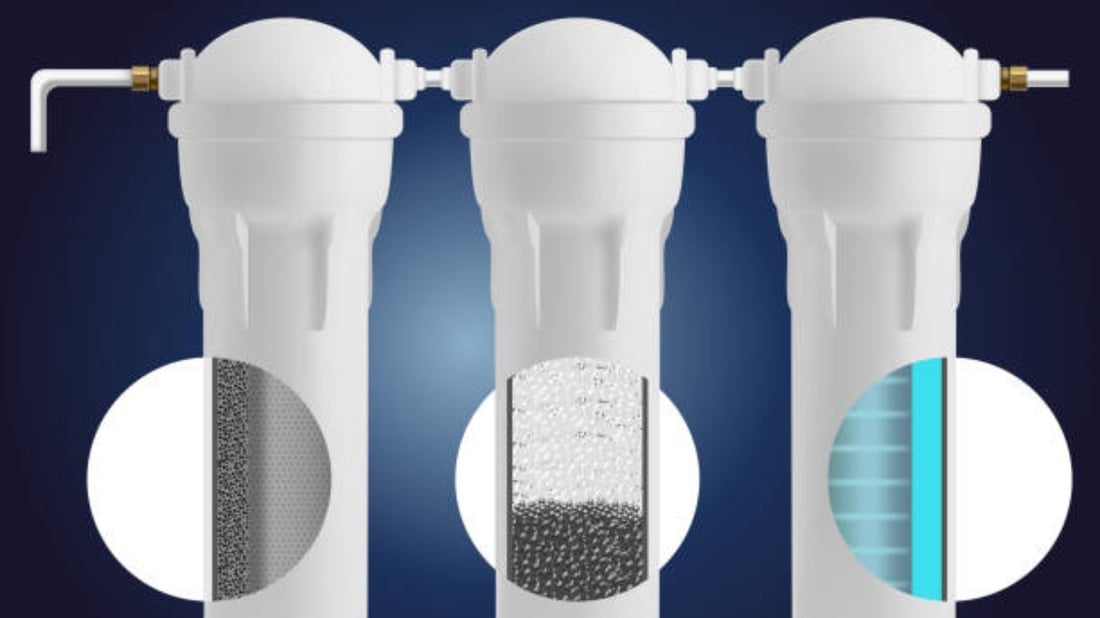Seven Step Water Filter Element: An Essential Guide to Clean and Pure Water
Water is a fundamental resource for our daily lives, and it is essential that we have access to clean and pure water. However, with increasing pollution and contaminants in our environment, tap water is no longer a reliable source. This is where a seven-step water filter element comes into play. In this article, we will explore the benefits and importance of a seven-step water filter element in ensuring the quality of your drinking water.
What is a Seven Step Water Filter Element?
A seven-step water filter element is an advanced filtration system that uses multiple stages to remove impurities, chemicals, and contaminants from water. It is designed to provide you with clean, safe, and pure drinking water by effectively eliminating harmful substances that may be present in your tap water.
Step 1: Sediment Filtration
The first step of the seven-step water filter element is sediment filtration. This stage involves removing larger particles such as dirt, sand, rust, and sediment from the water. Sediment filtration helps to protect the subsequent filter stages from clogging and enhances their performance.
Step 2: Activated Carbon Filtration
Activated carbon filtration is the second step in the seven-step water filter element. This stage involves the use of activated carbon, which is highly effective in removing chlorine, volatile organic compounds (VOCs), and other chemicals that can affect the taste and odor of water. Activated carbon also helps to reduce heavy metals, such as lead and mercury, making the water safer to consume.
Step 3: Reverse Osmosis
The third step in the seven-step water filter element is reverse osmosis. This stage uses a semi-permeable membrane to remove a wide range of contaminants, including bacteria, viruses, fluoride, pesticides, and pharmaceutical residues. Reverse osmosis is highly effective in producing clean and pure water by removing even the smallest particles.
Step 4: Alkaline Enhancement
After the water has gone through reverse osmosis, the fourth step involves alkaline enhancement. This stage helps to restore essential minerals, such as calcium and magnesium, to the water. It also increases the pH level, making the water slightly alkaline, which is beneficial for our health and well-being.
Step 5: Ultraviolet Sterilization
The fifth step of the seven-step water filter element is ultraviolet (UV) sterilization. UV light is used to destroy bacteria, viruses, and other microorganisms that may be present in the water. UV sterilization is a chemical-free method that ensures the complete elimination of harmful pathogens, making the water safe for consumption.
Step 6: Post Carbon Filtration
Post carbon filtration is the sixth step in the seven-step water filter element. This stage involves passing the water through another activated carbon filter to further remove any remaining impurities and odors. Post carbon filtration helps to improve the taste and clarity of the water.
Step 7: Mineralization
The final step of the seven-step water filter element is mineralization. This stage adds beneficial minerals, such as zinc and potassium, to the water, further enhancing its nutritional value. Mineralization helps to create a well-balanced and refreshing drinking water experience.
Conclusion
A seven-step water filter element is an essential tool for ensuring clean and pure drinking water. With its multi-stage filtration process, it effectively removes impurities, chemicals, and contaminants, providing you with safe and healthy water. Investing in a seven-step water filter element is a step towards safeguarding your health and well-being.

